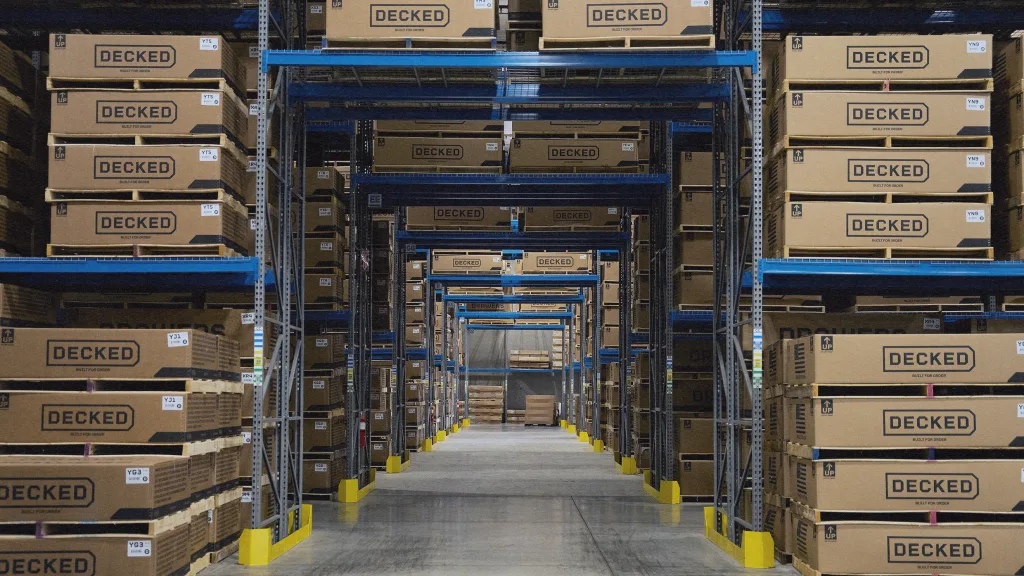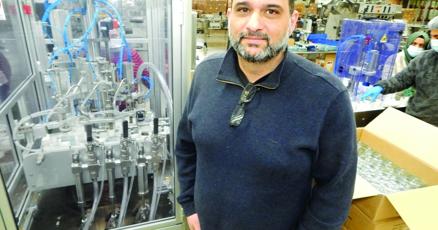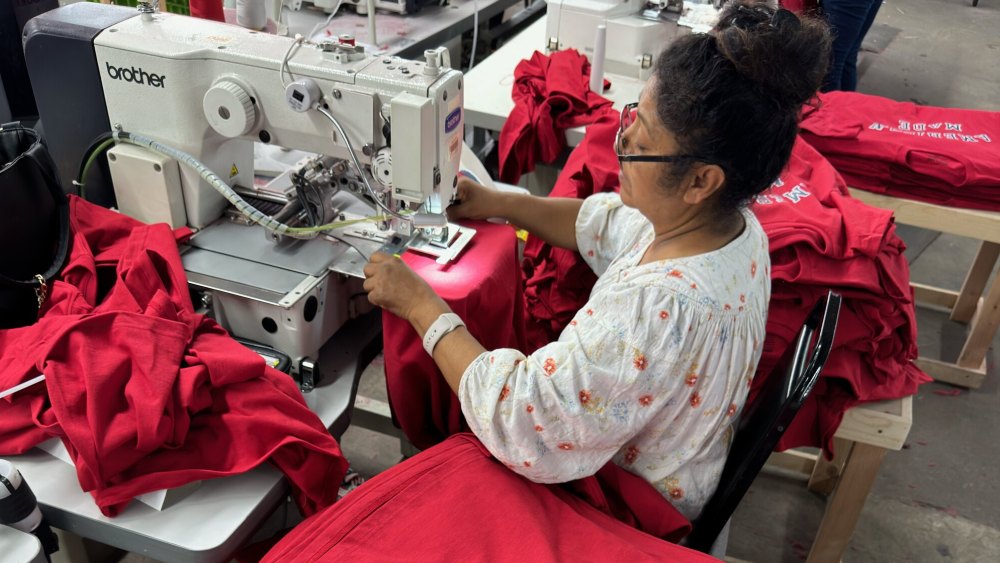Made in America: How Tariffs Are Crushing Domestic Manufacturers' Dreams
Manufacturing
2025-05-05 10:15:00Content

The Promise of American Manufacturing: A Dream Challenged by Reality
When President Trump championed the revival of American manufacturing, he painted a compelling vision of industrial resurgence. Companies were encouraged to bring production back to U.S. soil, promising job creation and economic revitalization. However, the reality has proven far more complex and challenging than the initial optimism suggested.
Even businesses that enthusiastically embraced the "Made in America" narrative are now confronting unprecedented challenges. Despite their commitment to domestic production, these companies find themselves navigating a treacherous economic landscape. Rising production costs, global competition, supply chain disruptions, and rapidly changing market dynamics are threatening their very survival.
The dream of a robust, home-grown manufacturing sector is being tested like never before. What once seemed like a straightforward path to economic renewal has transformed into a complex maze of economic uncertainties. Companies that bet on American manufacturing are now forced to reassess their strategies, weighing the potential benefits against mounting operational challenges.
As the manufacturing sector continues to evolve, the initial promise of a manufacturing renaissance remains tantalizingly out of reach, leaving businesses and policymakers to grapple with the harsh realities of a global, interconnected economy.
Manufacturing Mayhem: The Unintended Consequences of Protectionist Policies
In the complex landscape of American industrial policy, a profound transformation is unfolding that challenges the very foundations of domestic manufacturing. The promises of economic revival and job creation have collided with intricate global economic realities, revealing a nuanced narrative of survival, adaptation, and unexpected vulnerability for businesses committed to American production.When Patriotic Production Meets Economic Uncertainty
The Illusion of Domestic Manufacturing Safety
The narrative of American manufacturing resilience has long been predicated on a romantic notion of local production as an impenetrable fortress against global economic volatility. However, recent economic developments have systematically dismantled this comforting mythology. Domestic manufacturers, who invested substantial capital and strategic planning into establishing production facilities within U.S. borders, are discovering that geographical location provides no guaranteed immunity from systemic economic disruptions. Intricate supply chain dynamics, international trade regulations, and geopolitical tensions have created a labyrinthine environment where even the most strategically positioned American manufacturers find themselves navigating treacherous economic terrain. The assumption that domestic production inherently shields businesses from external economic pressures has been comprehensively debunked.Economic Policy's Unintended Manufacturing Consequences
Trade policies designed to protect domestic industries have paradoxically generated complex ripple effects that challenge the very sectors they intended to safeguard. Tariffs, ostensibly implemented to bolster American manufacturing, have instead created intricate economic ecosystems where businesses face unprecedented challenges in maintaining competitive pricing and operational sustainability. The implementation of protectionist measures has triggered a cascade of economic responses that extend far beyond simple import-export calculations. Manufacturers are compelled to reassess their entire operational strategies, considering factors ranging from raw material sourcing to labor costs, and from technological investments to market positioning.Technological Innovation and Economic Adaptation
In response to these multifaceted challenges, forward-thinking manufacturers are embracing technological innovation as a strategic survival mechanism. Advanced automation, artificial intelligence-driven production processes, and sophisticated supply chain management technologies are becoming critical tools for maintaining competitiveness in an increasingly volatile economic landscape. These technological interventions represent more than mere operational enhancements; they signify a fundamental reimagining of manufacturing's role in the contemporary economic ecosystem. Companies are transforming from traditional production entities into agile, technologically sophisticated enterprises capable of rapid adaptation and strategic pivoting.Global Economic Interconnectedness
The contemporary manufacturing environment transcends traditional geographical boundaries, representing a complex, interconnected global network. Economic policies that attempt to create artificial barriers inevitably encounter the sophisticated, fluid nature of international commerce. Manufacturers must now operate with a holistic understanding of global economic dynamics, recognizing that isolation is neither practical nor sustainable. This global interconnectedness demands a nuanced approach to economic strategy, one that balances national economic interests with the realities of international trade. Successful manufacturers are those who can navigate these complex waters with strategic intelligence, technological prowess, and adaptive capabilities.Human Capital and Skill Development
Beyond technological and economic considerations, the future of American manufacturing hinges critically on human capital development. Workforce training, skills adaptation, and continuous learning have emerged as fundamental components of sustainable manufacturing strategies. Educational institutions, industry associations, and forward-thinking companies are collaborating to create comprehensive skill development ecosystems that prepare workers for the technological and economic challenges of the future. This human-centric approach represents a holistic strategy for maintaining manufacturing competitiveness in an era of unprecedented economic complexity.RELATED NEWS
Manufacturing

Chip Crisis Unveiled: Amtech's Q4 Performance Shakes Semiconductor Landscape
2025-03-31 09:06:27
Manufacturing

Chip Stock Goldmine: Why Taiwan Semiconductor Could Be Your First Investment Breakthrough
2025-04-06 20:46:46





